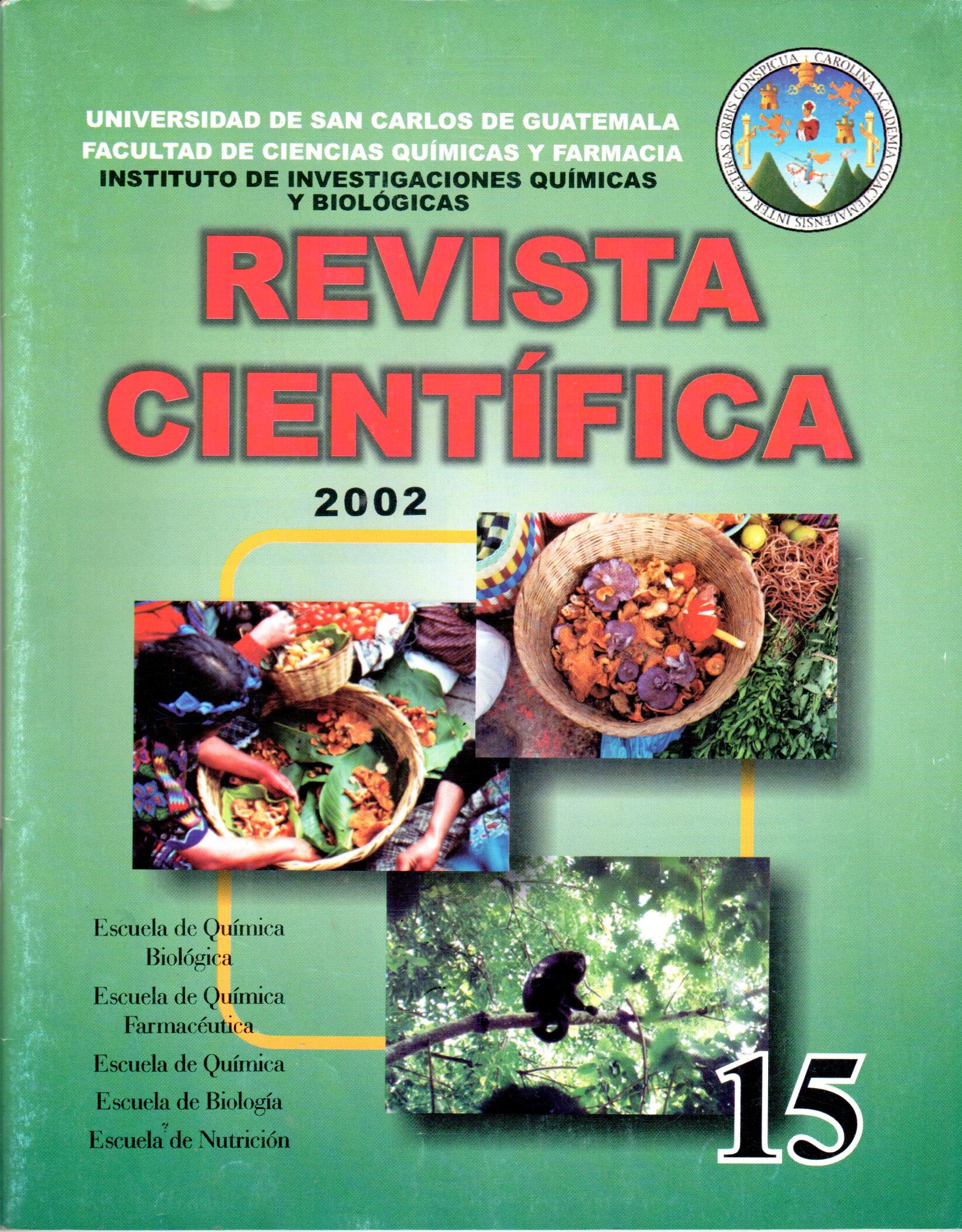"Detection of methylecgonine ethylecgonine and cocaethylene in biological fluids as a result of the simultaneous consumption of cocaine and alcohol by the method of gas chromatography coupled to mass spectrometry"
DOI:
https://doi.org/10.54495/Rev.Cientifica.v15i1.253Keywords:
Detection, methylecgonine ethylecgonine, cocaethylene, biological fluids, simultaneous consumption of cocaine and alcohol, gas chromatography coupled to mass spectrometryAbstract
One of the most reliable detection systems for the presence of cocaine and its different metabolites in biological fluids is gas chromatography (GC) coupled to mass spectrometry (MS). The present work focuses this search with the purpose of establishing whether the simultaneous consumption of cocaine, ethylecgonine and cocaethylene as specific metabolites. In order to carry out the work, it was necessary to use the solid/solid extraction procedure, based on the use of softened silica columns; subsequently and to be able to carry out the separation, detection and identification of the components of the extract (GC/MS) was used. Through these instruments, the extract is introduced into the 9-gas eromatograph where, through the use of a suitable capillary column, a carrier gas and temperatures previously established in standardized methods, the separation of the different analytes is obtained. The use of the mass spectrometer as a detector allows the identification of the separated compounds through physicochemical mechanisms that give rise to the fragmentation of the molecules and thus to the formation of different ions, which in turn originates characteristic spectra accepted internationally and that are recognized by using the specific software of the equipment. The purpose of this work is to establish, rule out or leave substantiated bases at the national level that allow confirming that the metabolites methylecgonine, ethylecgonine and cocaethylene are or are not specific products of the simultaneous consumption of alcohol and cocaine. The foregoing using methodologies and instruments that were previously mentioned. Through the development of the work, alcohol, cocaine and their metabolites were not detected in eight samples; alcohol was detected but not cocaine and its metabolites in eighteen samples, alcohol was not detected but cocaine and the metabolites methylecgonine were detected in nine samples and benzoylegonine in three samples; alcohol and the presence of cocaine and the metabolites methylecgonine and ethylecgonine were detected in five and seven samples, respectively; and the metabolite cocaethylene was not found in any of the samples analyzed.Downloads
References
Alvarez de Rebage L. 1996. “ Compendio de Farmacode pendencia y Alcoholismo", Guatemala. Guatemala. Hospital Universitario San Vicente de Paul. Departamento de Toxicologia. Pp.48 - 83.
Carrillo, A. 1981. "Lecciones de Medicina. Forense y Toxicológica", Guatemala. Ed. Universitaria Pp. 315-318.
Casaren & Doull. 1975. Toxicology: The Basic Sciencie of Poisons. New York. Macmillan. 324p. Congress of the International Association of Forensic Toxicologist (TIAF) and the Society of Forensic Toxicologist (SOFT), Program and Abstracts October 31 - November 4 de 1994 en Tampa Florida. 52 1 p. y Puerto Rico. October 9 - 14 de 1999. pp. 40.41,71.
Charles A. Et al. 1998. “Chromatographic Methods In Gas Análisis” . Hewlett-packard, 44p.
Fabre, Rene. Et al. 1 962. Compendio de Toxicologia. Caracas. Venezuela. Ediciones de la biblioteca. Pp. 282-302
Merck. "The Index Merck", 10 th. Edición. 1986. U.S.A. Raahway, N.J. pp. 348, 349, 590.
Downloads
Published
How to Cite
Issue
Section
License
Copyright (c) 2002 R. Garcia, M. Ovalie

This work is licensed under a Creative Commons Attribution 4.0 International License.
Authors who publish with this journal agree to the following terms:
- Authors retain copyright and grant the journal right of first publication with the work simultaneously licensed under a Creative Commons Attribution License 4.0 that allows others to share the work with an acknowledgement of the work's authorship and initial publication in this journal.
- Authors are able to enter into separate, additional contractual arrangements for the non-exclusive distribution of the journal's published version of the work (e.g., post it to an institutional repository or publish it in a book), with an acknowledgement of its initial publication in this journal.
- Authors are permitted and encouraged to post their work online (e.g., in institutional repositories or on their website) prior to and during the submission process, as it can lead to productive exchanges, as well as earlier and greater citation of published work.









